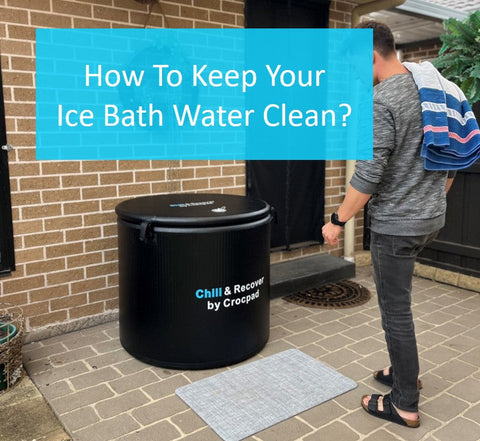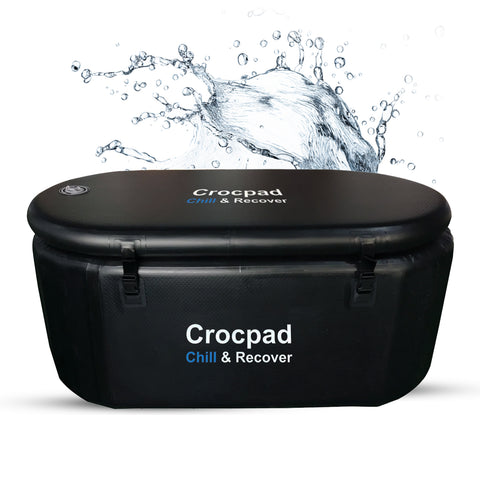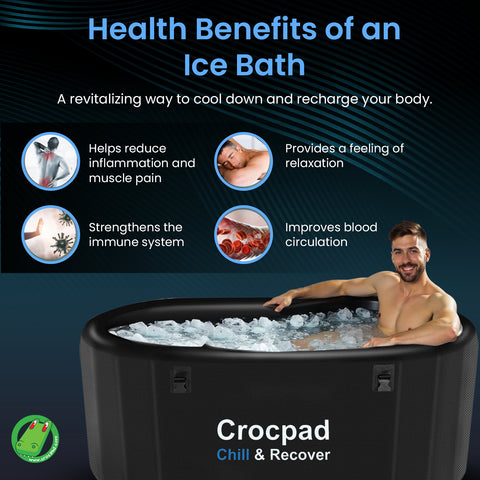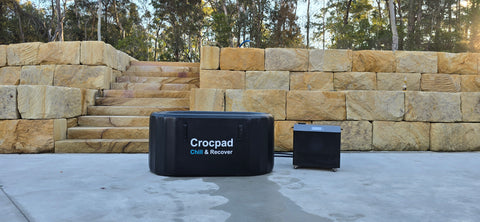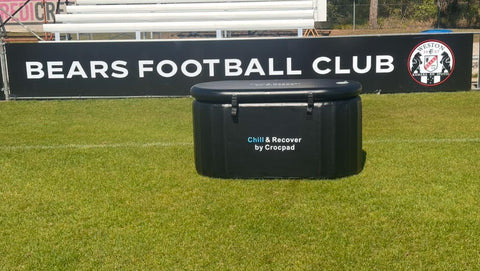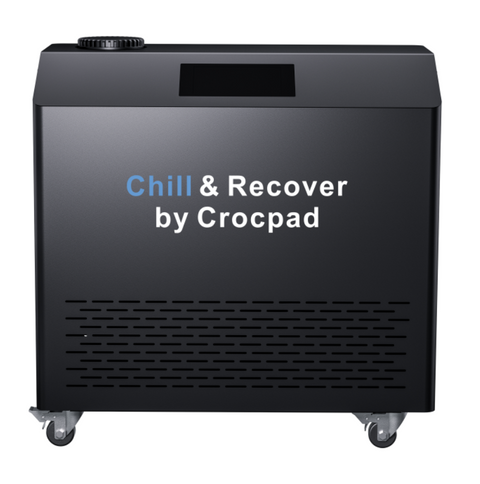Ice baths have become increasingly popular among athletes, wellness enthusiasts, and recovery professionals. While the cold therapy benefits are clear, one important factor is often overlooked: water maintenance. Clean and well-maintained water not only ensures hygiene but also prolongs the life of your equipment and enhances the overall experience.
1. Circulation
Stagnant water quickly becomes a breeding ground for bacteria and algae, especially when combined with body oils, sweat, and external contaminants.
-
Pump use: If your ice bath includes a chiller or pump, ensure it runs regularly to circulate and filter the water.
-
Manual stirring: For non-pump setups, occasionally stirring the water helps avoid stagnation.

2. Filtration
A proper filtration system keeps the water clear by removing dirt, skin particles, and other impurities.
-
Inline filters: Many ice bath chillers come with cartridge filters that should be cleaned or replaced as recommended.
-
Portable filters: For basic setups, portable water filters can be used to maintain water quality.

Check Crocpad Ice Bath chillers.
3. Water Chemistry Balance
Just like a swimming pool or spa, maintaining balanced water chemistry is key for safety and comfort.
-
Sanitizer: Chlorine or bromine tablets can be used in low doses, but alternatives like hydrogen peroxide or non-chlorine shock treatments are popular for sensitive skin.
-
pH levels (7.2–7.8): Balanced pH prevents irritation and helps sanitizers work effectively.
-
Alkalinity (80–120 ppm): Keeps pH stable and reduces fluctuations.
-
Regular testing: Use water test strips or digital testers at least once a week.
4. Cleaning and Skimming
Despite good filtration and chemistry, debris still enters the ice bath.
-
Surface skimming: Use a small net or skimmer to remove leaves, hair, and other floating debris.
-
Wipe-down: Clean the tub walls weekly to prevent biofilm buildup.
-
Vacuuming: For larger tubs, a spa vacuum helps remove sediment from the bottom.
5. Shock Treatments
Heavy use or sweat contamination can overwhelm normal sanitizers. Performing an occasional shock treatment—using chlorine, bromine, or non-chlorine oxidizers—eliminates organic contaminants and keeps the water fresh.
6. Drain and Refill Schedule
Unlike pools, ice baths typically hold a smaller volume of water, so regular draining and refilling is essential.
-
Light use (1–2 times per week): Change water every 2–3 weeks with proper maintenance.
-
Heavy use (daily or multiple users): Change weekly or as needed.
-
Quick check: If the water becomes cloudy, develops odor, or feels slimy, it’s time to replace.
7. Seasonal and Preventive Care
-
Indoor baths: Monitor humidity to prevent mold and mildew around the tub area.
-
Outdoor baths: Keep the lid on when not in use to block leaves, insects, and rainwater.
-
Equipment checks: Clean and inspect pumps, chillers, and filters regularly to ensure efficiency and longevity.
Conclusion
Maintaining clean water in your ice bath is crucial for safety, comfort, and performance. By focusing on circulation, filtration, water chemistry, and routine cleaning, you can extend the lifespan of your equipment and enjoy a consistently refreshing cold therapy experience. With good habits in place, your ice bath will remain a powerful recovery tool instead of a potential health risk.

